When the request came, I was surprised, excited and flattered in equal parts. Would I be an advisor for the upcoming PBS series The American Revolution, produced by Ken Burns? Of course I said yes, despite not knowing what the project would actually entail. I had heard it was in the works, but did not expect to be a part of it.
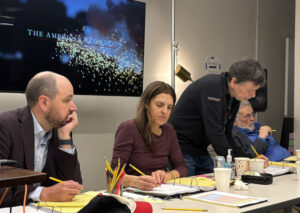
What did it mean to be an advisor? For me, it meant spending several days in 2023 at a workshop with seven other advisors, producers Ken Burns, Sarah Botstein and David Schmidt, writer Geoff Ward, and the entire production crew, critiquing an early draft of the twelve-hour series—one two-hour episode at a time, watching and taking notes, then providing feedback on how the story was being told, narratively and visually. These early versions were far from complete; Ken Burns introduced each one with a reminder that of how crude they were, with narration and voiceovers done by members of the production team, many placeholder images and so forth. Even with the many imperfections, two years before completion the series was as good as many things aired on TV – but not nearly good enough to satisfy the world-class producers of this series.
Being an advisor meant reviewing the script, line-by-line, for inaccuracies and opportunities for greater clarity. Twelve hours sounds like a lot of time, but with such a wide range of events and perspectives to cover, concision is essential. The phrasing of each line can make the difference between accurate and misstated, between precise and vague. Journal of the American Revolution was a valuable resource for verifying details, and I was pleased to learn that the writer and producer had already relied on it frequently.
Being an advisor meant responding to almost-daily emails from the producers, the cinematographers, and the author of the accompanying book. Is this image acceptable for this scene? Can you provide an example of a particular incident? Do you know the source of this picture? How can we phrase this so as not to give the wrong impression? Can you suggest a location that has the right look for this setting?
And it meant commenting on subsequent drafts, all the way through the final mixes when sound layering, transitions, and other cinematic details were almost final. Even though the history aspects were done by this time, there were still tweaks to be made in images and word choices.

I’ve heard technical advisors on other projects complain that their feedback wasn’t really wanted, that artistic whim always took precedent over accuracy. That was not the case here. Every member of the crew was eager for every bit of feedback, determined to tell the story of the American Revolution, from the earliest discord to the signing of the Constitution, as accurately and compellingly as possible. For that story to resonate, the film must be as free as possible from errors of detail. Being experts at the documentary film game, these producers know how easily viewers can be distracted by small inaccuracies, missing the point of the story as a whole to dwell on minor things. If a scene showed a rifle where a smooth-bore musket should be, they changed it. If the narration mentioned a number that could not be verified, they revised the phrasing. No feedback was dismissed. There were some lively discussions about how to best make some changes, but all advisory input was taken seriously.
The end result is an epic twelve-hour telling of the major events leading up to the Revolutionary War, a detailed chronicle of the war itself, and a dramatic summation of the aftermath. Subject matter experts may question the use of some nineteenth- and early-twentieth century images; this is not due to lack of consideration, but because there simply are not enough good pictures rendered during the time period to fill several hours of film. Enthusiasts may wonder why a favorite battle, person or story is not included; twelve hours sounds like a long time, but there is a lot to fit into that space, and many points of view to present. Choices had to be made, but they were thoughtful choices.
Good cinema tells stories on an emotional as well as informational level. Viewers with expertise in the era will find this to be an exemplary documentary that masterfully encapsulates the complex political and social events leading up to the war, and tumultuous eight years of the war itself. Its wide reach will provide viewers with an excellent foundation upon which to base conversations and pursue further understanding of the origin of the United States as an independent nation. Working with the production crew was a genuine pleasure. Every single person was deeply and sincerely invested in learning about the time period, fully appreciating their mission of presenting this complex and vitally important topic to the world.
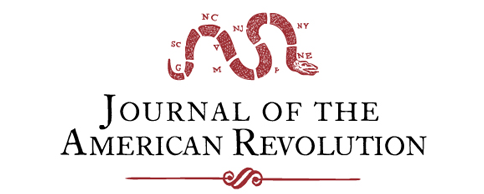

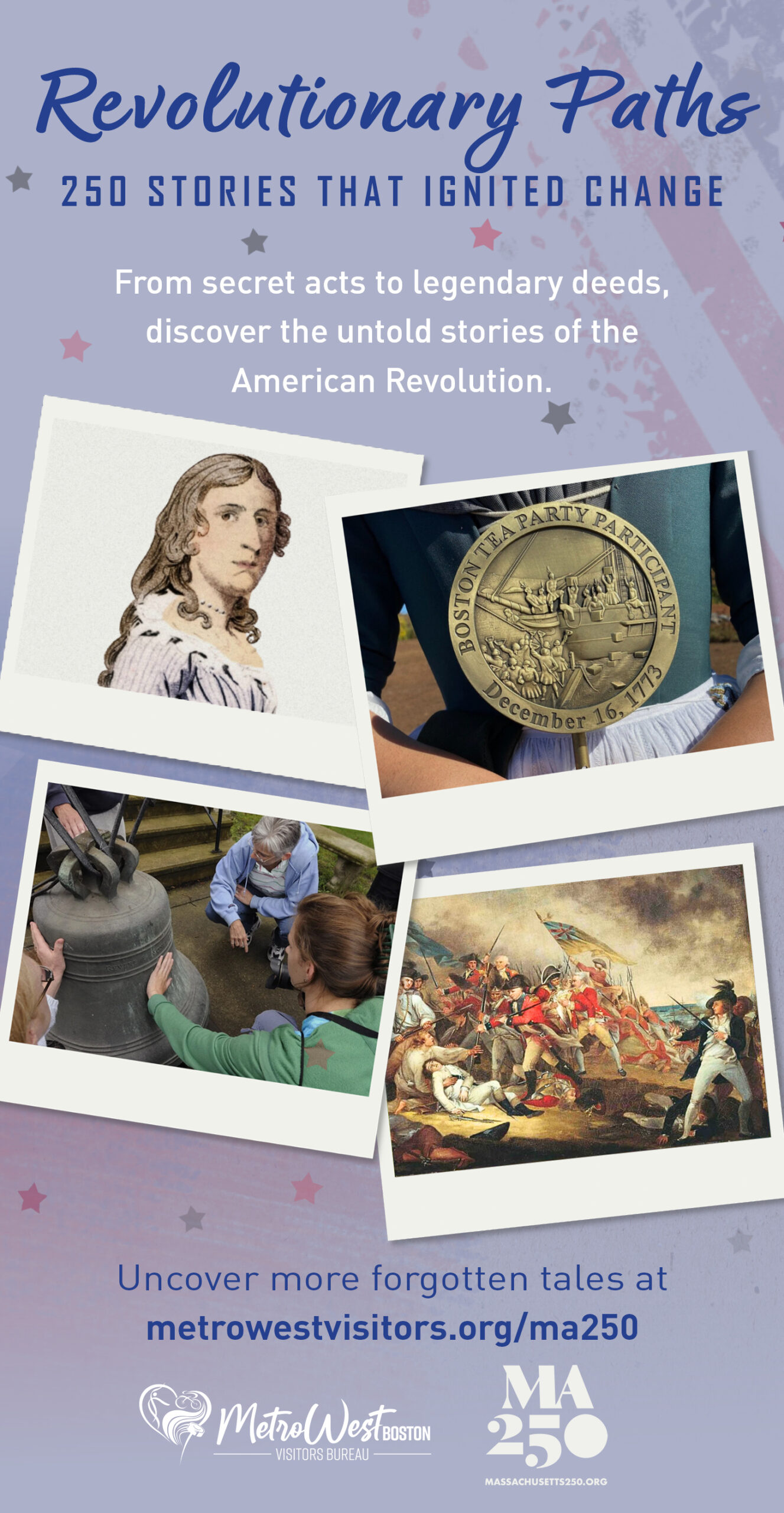

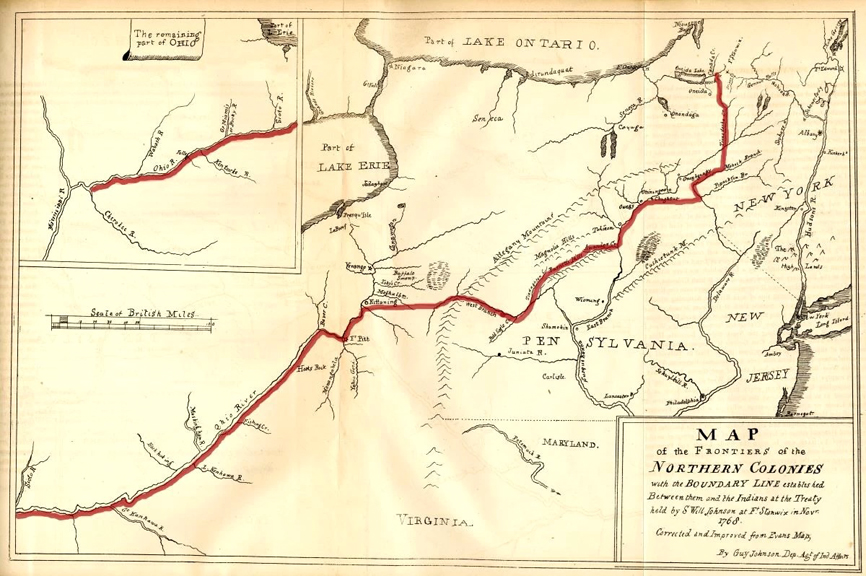
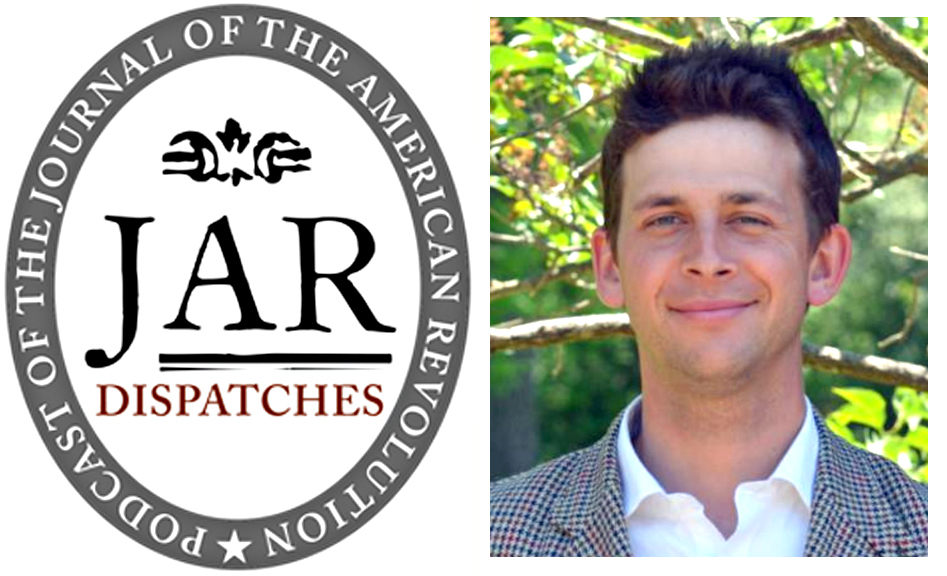
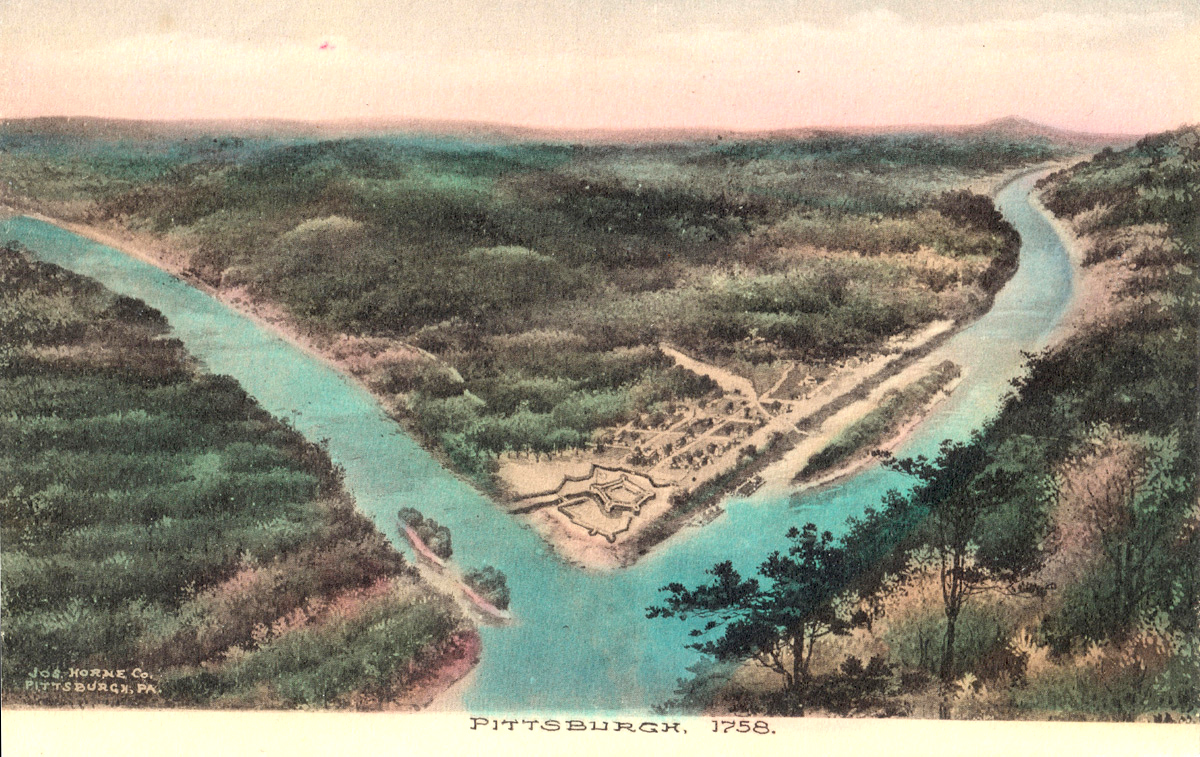

13 Comments
Very satisfying to know how much Don and JAR played a role in the production of this documentary.
Congratulations a hundred times over. A well-deserved honor and opportunity of a lifetime. Can’t wait to see this series.
Don,
How great that Ken Burns’ team turned to the Journal of the American Revolution to serve as an advisor for their upcoming PBS series on the American Revolution. Your being chosen as one of eight advisors attests to the Journal’s expertise for in-depth accurate reporting on all aspects of the Revolutionary period. Congratulations.
Edna Gabler
Very glad you had a chance to provide input to this epic and important program. It is such a unbelievable story with an impact that is affecting the world to this day. I cannot wait to see it!
Thank you for your efforts to help bring this program to us.
We should be forever grateful to those who gave us the greatest nation on earth. Since then, through our struggles, we are always striving to get even greater.
Congratulations,
I am happy, mabe even relieved, to hear that you were asked to consult. I have no doubt about Burns as an accomplished film maker, but have some apprehension about the ability of he, and PBS, to keep political interpretations out of the story. This is too important to allow current political emotions to shade the telling of this great experiment. Thanks to JAR for everything you do.
Brian Bayliss
VASSAR
This article provides captivating insight into the meticulous editorial work – narrative and visual – that goes into making a world class documentary. In this case the upcoming PBS series The American Revolution. My anticipation to view it was already high but now even more so. Congratulations and thank you Don N. Hagist.
So happy to hear the American Revolution getting much needed attention, and cant wait to tune in. Already have the entire series set to “record” mode! I must admit, I’m a little worried that this is on PBS due to their seemingly inherent lack of ability to not shoehorn their political beliefs into everything, but I’m hoping for the best.
It’s great they reached out to you and listened.
Hope they included the Culper Spy Ring and didn’t repeat the numerous myths.
Congratulations. That’s quite an honor.
Glad to know you were so involved, Don Hagist. I’m VERY eager to see this production. The long wait is almost over! Thanks to all who had a hand in it.
Congratulations, Don! You were great as the emcee and speaker at the wonderfully enacted Battle of Bunker Hill in Gloucester this summer. It was great to meet you too! This is good to know, will watch on Sunday with anticipation.
That’s excellent Don! What an amazing experience and it’s great that your research and work is integrated into this series.
I thought I knew a lot about the Revolutionary War until I watched the first three episodes and discovered there was so much I didn’t know!
The series is just incredible, and I can’t wait to watch the last two episodes.
Thank you, Mr. Hagist, for being an essential part of the team that produced such a fantastic series.